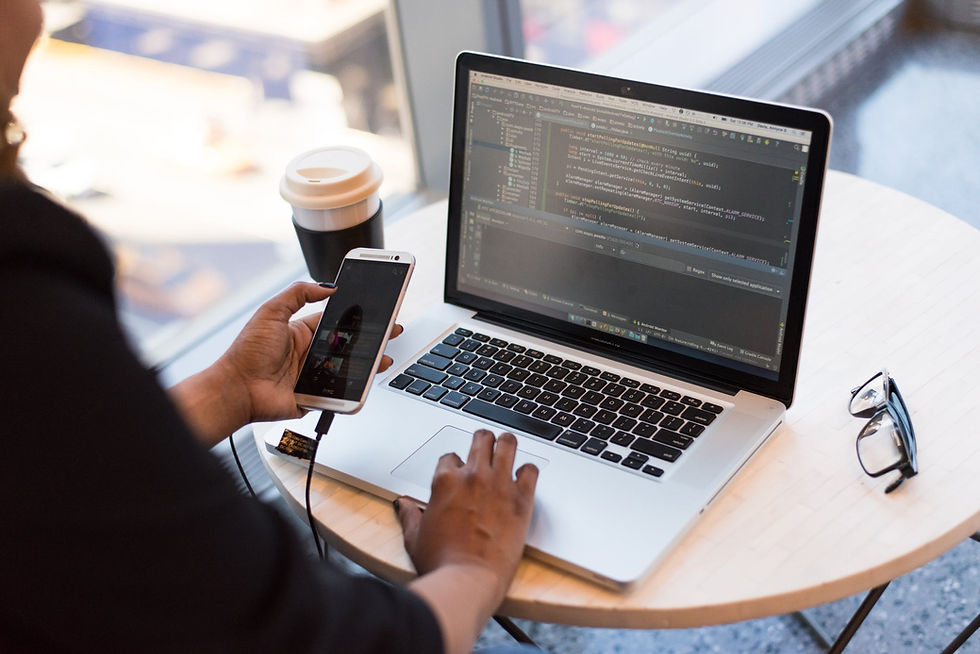Is Deinfluencing the End of Influencer Marketing?
- umamacommunication
- Mar 6, 2023
- 2 min read
Updated: Oct 16, 2024

TikTok’s latest trend, “deinfluencing”, has been spreading like wildfire across the social platform: particularly targeting fashion, beauty, and lifestyle creators. Deinfluencing is where a creator is telling their audience which products they should NOT buy, and what isn’t worth their money - compared to traditional influencing, where products are constantly being pushed out and promoted as the next best thing. Consumers may be sick of advertisements with pushy call-to-actions, like “run and buy this product” or “you NEED this”, and instead are paying attention to creators who are telling the honest truths about varying products - and why you really don’t need a $65 makeup product.
The deinfluencing movement came in at an interesting time in the influencer landscape, where consumers are beginning to lose trust in influencers, or at least are becoming more wary of their product recommendations. While you might think that this is the beginning of the end to influencer marketing, that’s not the case at all - it’s just a shift in how influencer marketers need to approach the creators they’re working with.
The number one quality that consumers are seeking in creators is transparency. Consumers want to see genuine product promotions from the influencers they watch - products they truly love, advocate for, and use on a daily basis. With how often we are consuming influencer content in this day and age, it’s becoming more clear to spot out false advertisements. To have product promotions become more genuine in an influencer’s feed, marketers should look for people who are organically using the product in the first place. Consumers will recognize this, and view the advertisement as more genuine and authentic since they’ve seen the influencer use the product before, without being paid.
In addition to finding influencers with existing organic content surrounding the promoted product, marketers also may need to re-think the guidelines they share with creators for product campaigns. In many advertisements, it’s clear to see which creators were given strict, tight guidelines as to what they can and cannot say regarding the product. Some brands even create a specific sound that the creator must use when sharing their video. It’s usually a short, brand jingle with some information regarding the product. The combinations of these two requirements can work against the authenticity of the ad - to consumers, it seems more curated, ingenuine, and fake. Instead, brands can give more creative freedom to the influencers they work with. Creators know their own audience better than anyone - they know their audience engages more with trending audios, fun and personal storytimes, and less grabby hooks. Giving the creator creative freedom with a product campaign can increase consumer trust, both towards the influencer, the brand, and the particular product.
In fact, deinfluencing in and of itself may just be… influencing. In many deinfluencing videos being shared, the creator almost always shares an alternative product that they believe is better. So while they may be deinfluencing one product, they’re influencing another. Deinfluencing is just influencing in disguise - so the influencer marketing space isn’t going anywhere anytime soon.
By: Amelia Byrd
Sources:
https://blog.hubspot.com/marketing/deinfluencing https://www.buzzfeednews.com/article/stephaniemcneal/deinfluencing-trend-tiktok
_edited.png)



Kommentare